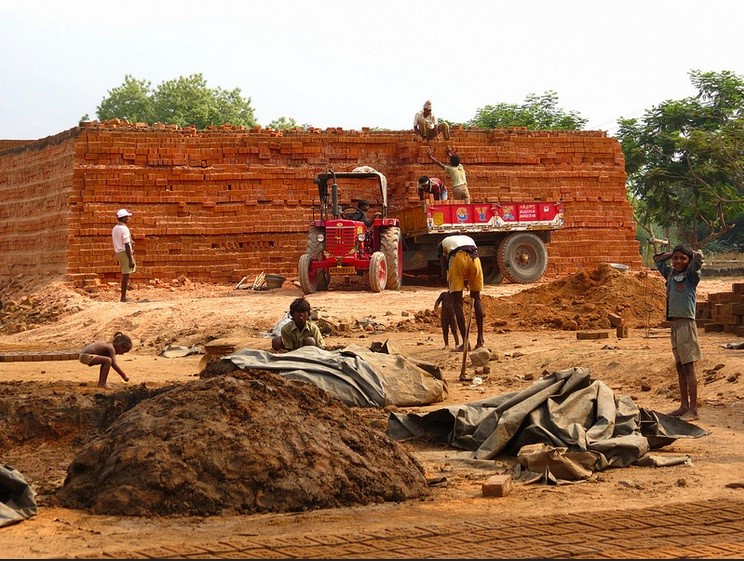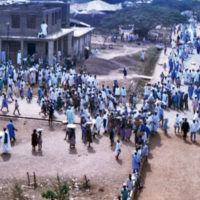KABUL, AFGHANISTAN – On August 27, Afghanistan’s Ministry of Labor and Social Affairs released data indicating that “1.9 million Afghan children are engaged in labor work across the country.” The ministry said the child labor problem is unlikely to improve until the country is free of the poverty and economic issues caused by years of ongoing conflict.An International Labor Organization report claims that 56 percent of all brick makers in Afghanistan are children. (See the Gospel for Asia special report, “Child Labor Today: Not Gone, But Forgotten.”) That report included the story of an 11-year-old girl who works 13 hours a day, six days a week, alongside her family in an Afghan brick kiln.
Jobs of any kind, especially for the unskilled, are rare. Most families in Afghanistan can barely afford to buy enough food for their families. More than half of all Afghans told Gallup researchers that they have not had enough money to buy the food their families needed at least once in the past year.
The poll found that no one questioned said that they were “living comfortably.”
“The vast majority of Afghans say they are “finding it difficult” (55%) or “finding it very difficult” (35%) to get by on their household income. The combined 90% of Afghans reporting such financial hardship is the highest on record for Afghanistan — and was the highest in the world last year.”
According to CBN, a former World Bank director for Afghanistan said that more than half the country cannot meet their basic needs. To put that into perspective, the World Bank calculates the amount needed to obtain an Afghan’s basic needs is a dollar a day.
“The amount considered necessary to meet basic needs, a dollar a day, is what we estimate that a person would need to have to satisfy their basic needs. And it turns out, unfortunately, that more than half the population lives on less than a dollar a day,”
A bag of wheat flour in Afghanistan costs the equivalent of $18. A family of 10 – parents, grandparents, and children – can earn an average of $12 to $18 a day. So, on a good day, a family of ten might be able to afford a bag of wheat flour.
To read more news on Child Labor on Missions Box, go here.
Sources:
- CBN News, ‘We Live Like Slaves’: War, Widespread Corruption Take a Toll on Afghanistan’s Working Poor
- The Frontier Post, 1.9 [million] Afghan children forced to work
- RAWA News, Inside Afghanistan: Record Numbers Struggle to Afford Basics
- Missions Box News, Child Labor Today: Not Gone, But Forgotten
Image Source:
- Flickr, Apoorva Jinka [CC BY 2.0]





